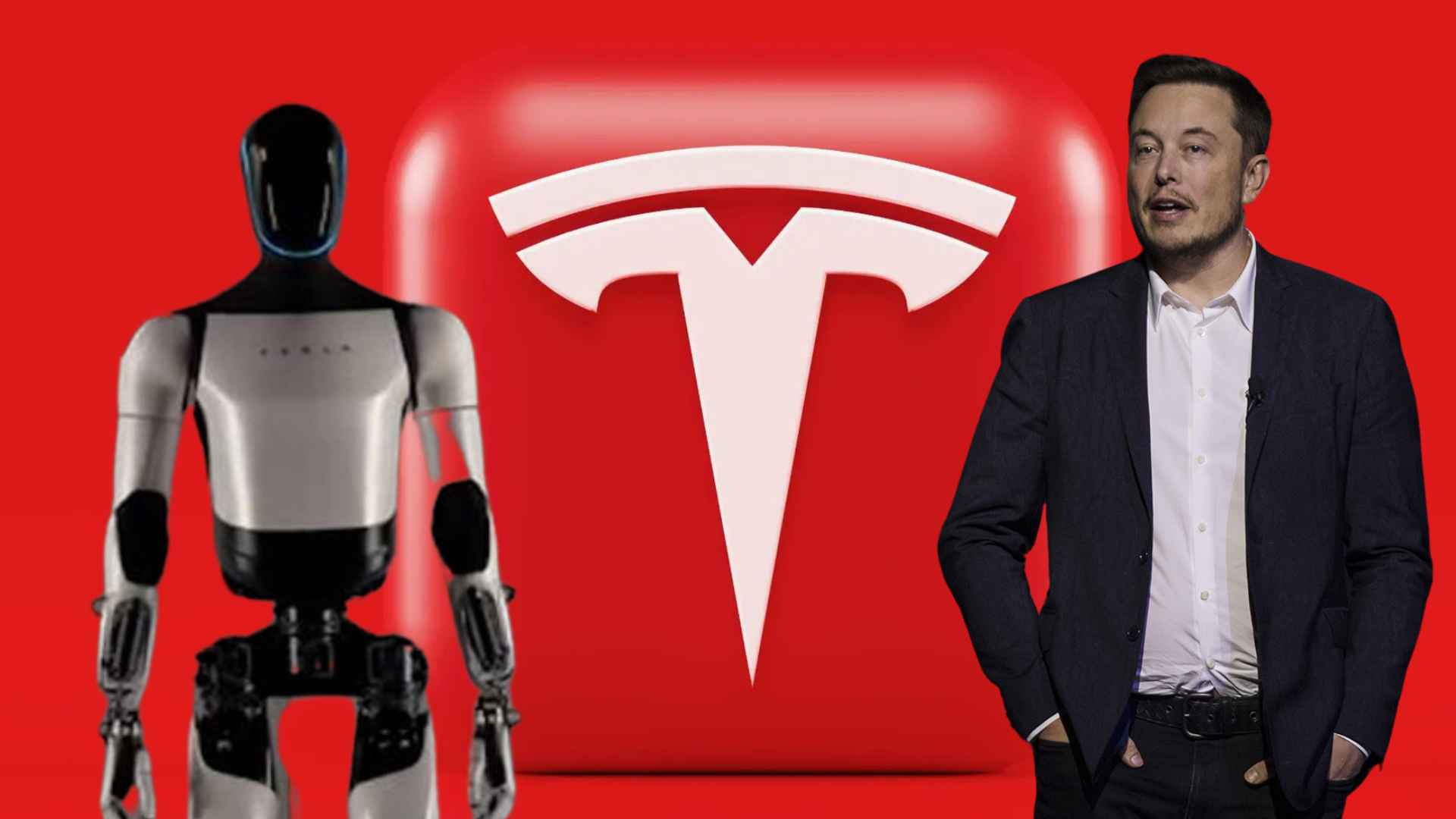The surprise departure of Milan Kovac, vice president of engineering for Tesla’s humanoid robot, lands at a delicate moment for the company and its shareholders.
Tesla is once again juggling high‑stakes deadlines. Kovac — the architect behind Optimus’ sensors, neural networks, and factory integration — confirmed he is leaving for family reasons after nine years at the automaker. The move coincides with a public spat between Elon Musk and the White House, stoking worries that Optimus may slip behind fast‑moving Chinese rivals.
How Milan Kovac’s sudden departure reshapes the Tesla Optimus roadmap and production deadlines
First things first: why does one executive matter so much? Kovac led the teams validating Optimus’ safety protocols and training its on‑device AI. Without his institutional memory, engineers must reassign dozens of critical tasks — from endurance testing to supply‑chain sign‑offs — in mere weeks. Tough, right? What are the immediate pressures currently facing the Optimus division?
- Accelerate the hand‑off of safety certification documents
- Retool hiring plans to plug specialized robotics talent gaps
- Reassess the 2026 pilot‑unit launch promised to large manufacturing clients
Consequently, analysts predict any delay beyond one quarter could widen the cost gap with Chinese competitors already field‑testing warehouse robots.
| Milestone | Original target date | Risk after Kovac’s exit |
|---|---|---|
| Optimus 2.0 prototype reveal | Q3 2025 | May slide to early 2026 |
| Safety certification complete | Q1 2026 | Needs new signatory by mid‑2026 |
| First 10,000‑unit production run | 2027 | Dependent on prototype slip |
Will Tesla fast‑track an internal successor? So far, insiders point to Ashok Elluswamy, head of Autopilot software, as the front‑runner; yet no formal announcement has landed.
What investors, suppliers, and robotics rivals should watch in the post‑Kovac transition period
For Wall Street, the next 90 days could be decisive. A clear leadership chart and an updated Gantt schedule would calm nerves after Tesla stock wobbled on the news. Suppliers, meanwhile, need fresh delivery windows for actuators and lightweight composite shells. And competitors? They smell opportunity: Boston Dynamics, BYD, and Xiaomi have quietly ramped demos aimed at the very factories Tesla hopes to serve.
Nevertheless, Tesla retains unique advantages — proprietary Dojo chips, a sprawling data lake from its car fleet, and Musk’s proven talent for rallying resources under pressure. If a replacement nails down compliance sign‑offs by fall, Optimus can still march toward scale before 2027.
Kovac’s exit is a gut‑check for Musk’s bold pivot “beyond cars,” yet it does not doom the robot. Rapid reorganization, transparent timelines, and perhaps a headline hire could keep Optimus on track — and keep investors dreaming of a future where robots, not sedans, drive Tesla’s profits.

